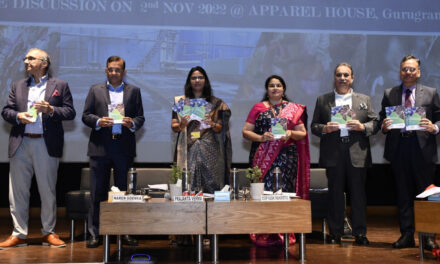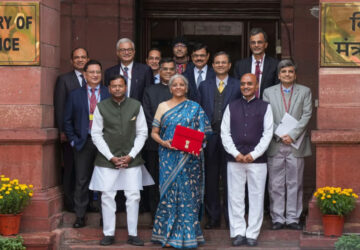Domestic denim players will continue to be under pressure. In fact, the denim fabric industry will continue to face margin pressures during FY2019 due to oversupply situation. As per India Ratings and Research (Ind-Ra), around 15-20 per cent of the total capacity has remained underutilised. Moreover, competition will further intensify as several players have undertaken capacity additions to add another 100-150 mn mtr by the end of the current fiscal year. India is one of the leading denim fabric manufacturers in the world, with a total manufacturing capacity of about 1,500 mn mtr per annum.
Ind-Ra believes denim fabric capacity additions to outpace garmenting capacity additions over the short term, translating into a continued denim fabric surplus in the market. The denim fabric industry is cyclical in nature and is characterised by periods of excess capacity. However, the agency expects the present downturn to be relatively prolonged, partly on account of the regulatory disruptions that the industry underwent in FY2017-FY2018. Ind-Ra anticipates the sector’s operating margins to remain in the range of 10-11 per cent in FY2018-FY2019. The agency’s denim fabric peer set average EBITDA margins deteriorated in 9MFY18 to 10.7 per cent from 11.6 per cent in FY2017 and 12.9 per cent in FY2016.
Despite all this, says the reports, the long-term demand potential for the segment remains intact due to denim’s versatile fashion appeal among young populace, rising disposable income and untapped semi-urban pockets of the country. Denim makers will get some respite on the raw material front with marginal softening of cotton prices. For denim manufacturers, cotton forms over 35 per cent of the total raw material requirement. With farmers switching from soybean to cotton, the 2017-2018 season has seen about 19 per cent rise in cotton acreage. However, the overall cotton production is likely to rise by only 10 per cent as bollworm attack has affected production in some regions. “The higher production may soften the cotton prices during FY2019 and help curtail margin contraction for denim fabric manufacturers. Companies with value-added fabrics and order-backed production are better placed to sustain margins than those in commoditised offerings,” says the report.
However, the reports is of the view that the impact of regulatory disruptions to linger throughout the first half of FY2019. During FY2018, the textile industry has been reeling under the impacts of two major regulatory disruptions demonetisation and GST implementation. The last leg of denim value chain, comprising activities such as stitching, washing, garmenting, sewing etc., is characterised by high labour intensity. A sizeable chunk of these activities is undertaken by small scale industries which are yet to get fully accustomed to the formal banking system and the GST regime. While there has been a gradual recovery, Ind-Ra expects the impact of these disruptions to continue during the first half for these small scale market participants, resulting in demand headwinds for the sector growth.
While a part of the denim fabric surplus will get absorbed in the global markets, India’s denim manufacturers majorly depend on the domestic market with exports accounting for below 20 per cent of the total production. In FY2017, denim fabric exports stood at 142 mn mtr (FY16: 132 mn mtr) as against imports of 9 mn mtr (10 mn mtr). The exporters will also see some impact on margins because of reduced duty drawback, not with standing the increase in the availability of input tax credit. Further more, any adverse outcome of the ongoing dispute with the US Trade Representative at the WTO with regards to India’s export promotion schemes such as Merchandise Exports from India Scheme and Export Oriented Units Scheme may have a material impact on exporters’ margins.



















